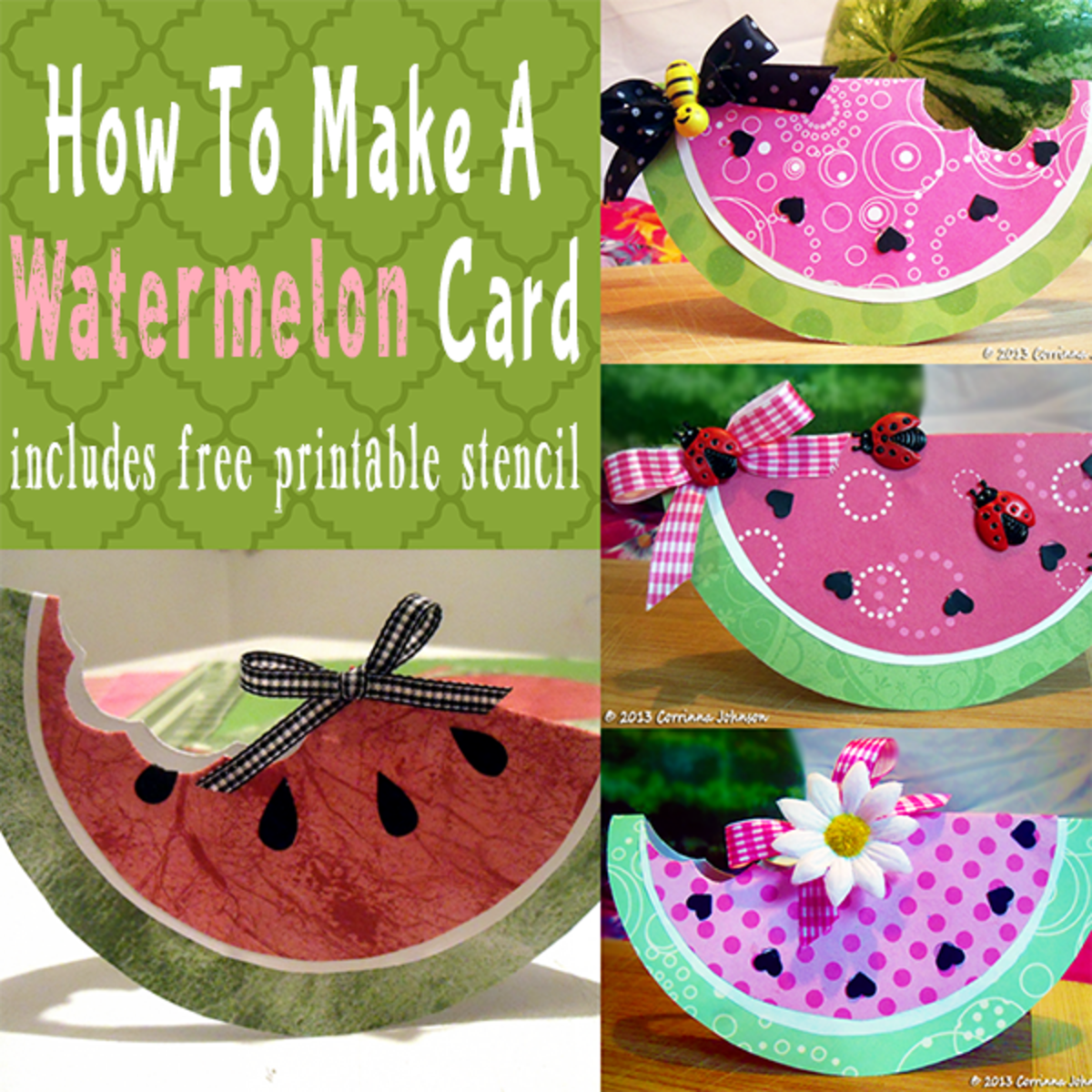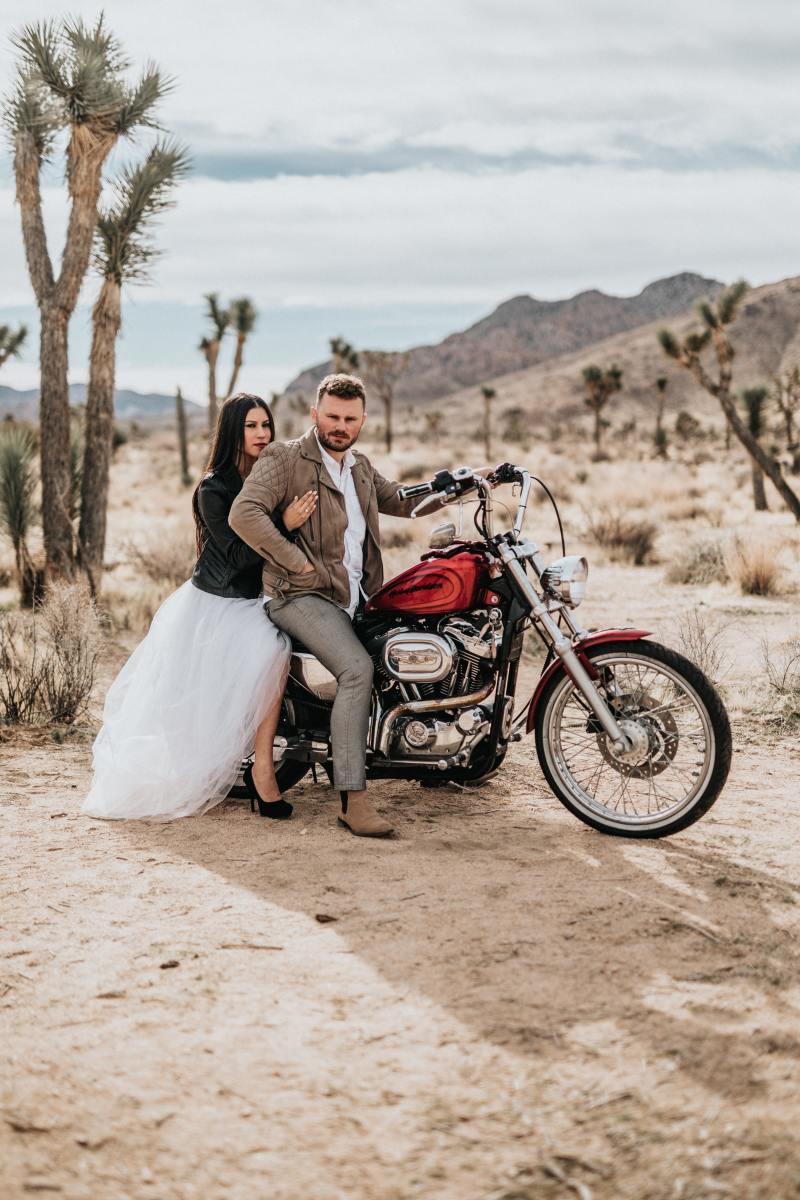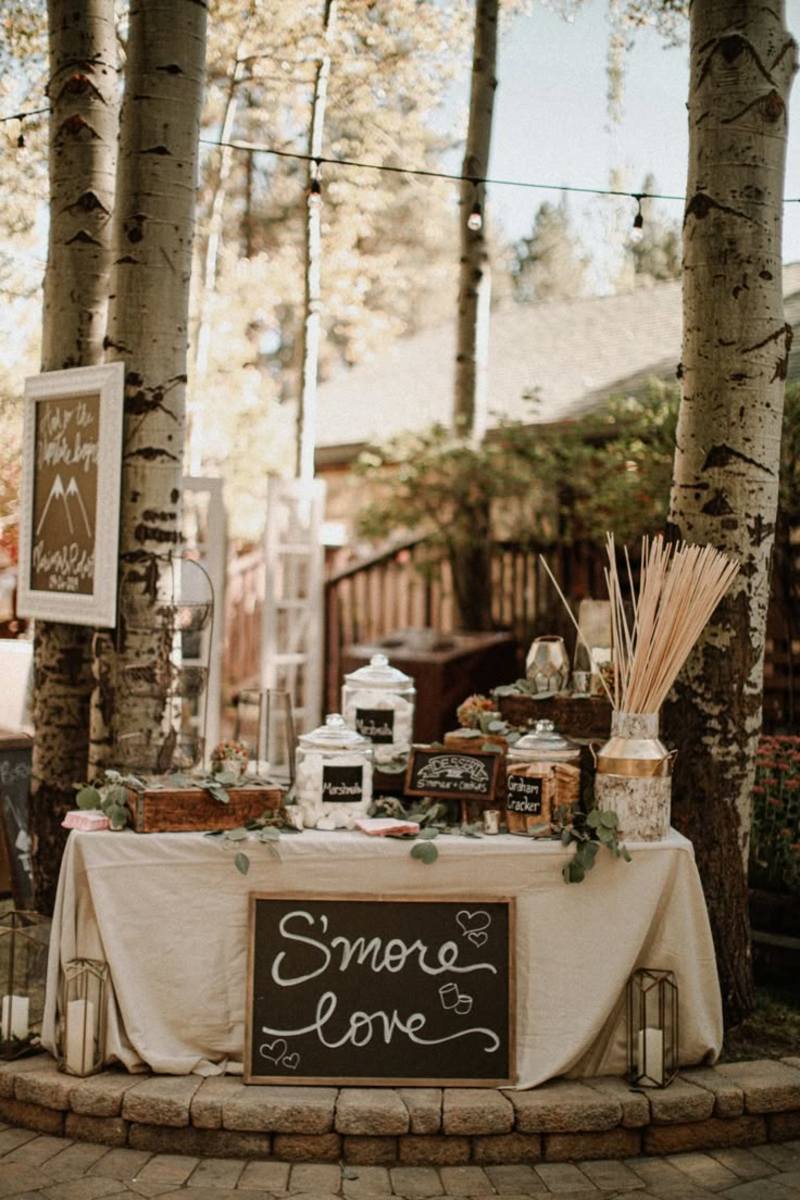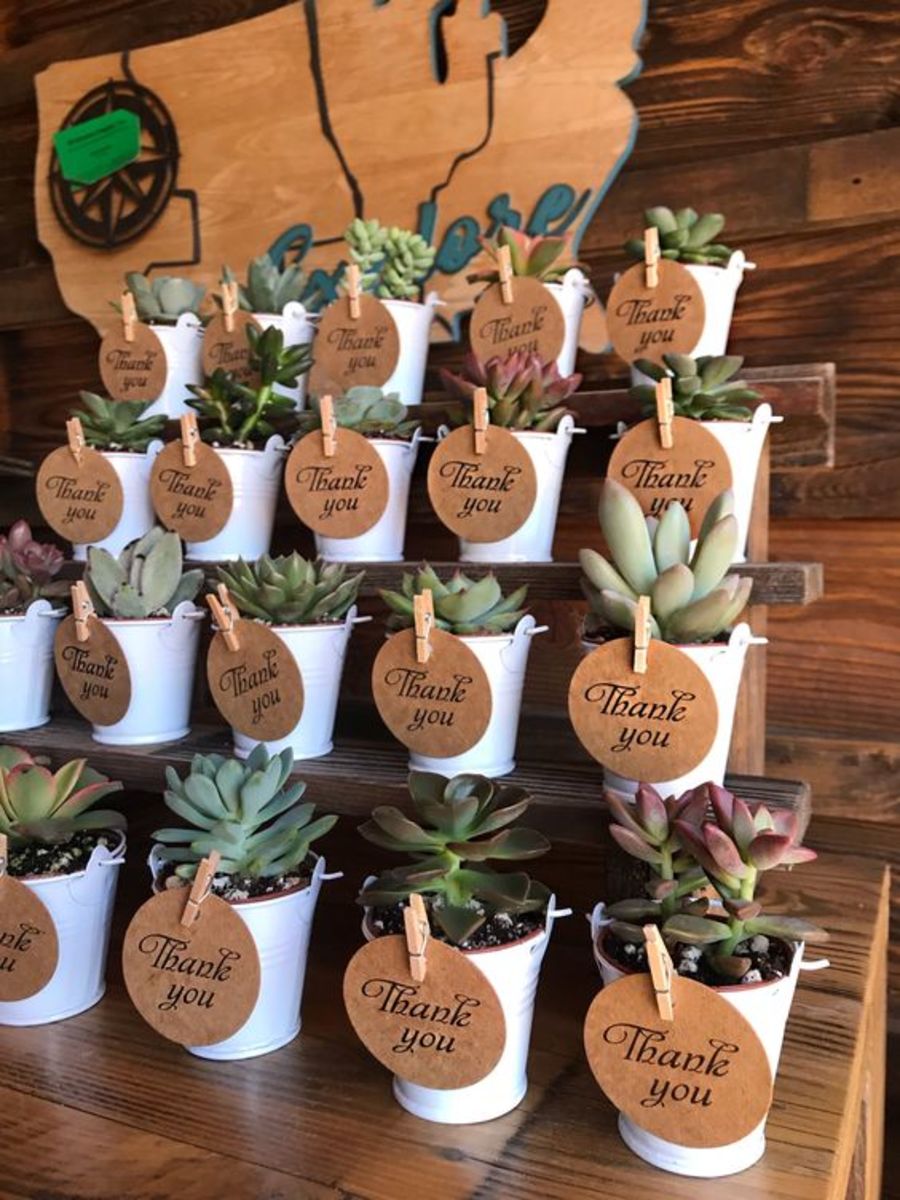The Ultimate Guide to Wedding Invitations: Everything You Need to Know

Planning a wedding is a huge job by anyone's standard, with so many details to think through. Facilities, finding the perfect dress, meals, wedding parties, and even events outside of the wedding itself, and that's just the beginning of the list. The main point of all of the work and planning is your marriage of course, but there are so many family and friends who are going to be there to join you in your celebration.
Here is a list of things learned through experience on how to plan your guest list and invitations, from formal etiquette to newer traditions, looks and styles, wording, and hopefully just about anything else you may want to know. Happy planning!
Formal Invitations

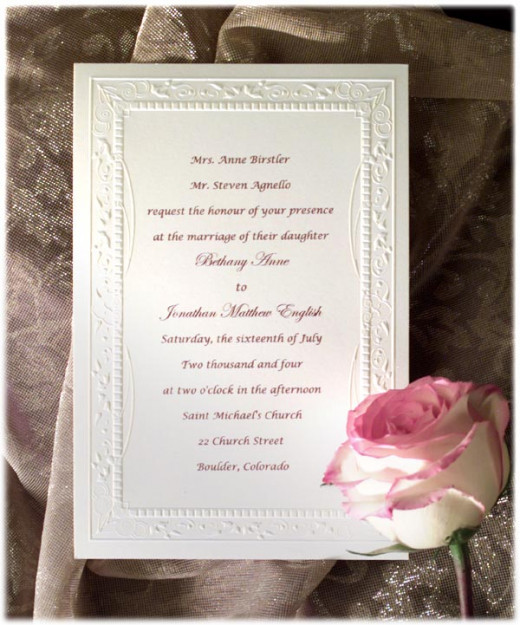

The Guest List
Before you get to send out the invitations, you have to figure out where they're going. The guest list determines a lot about your wedding. The number of people who attend will affect your budget, the feeling of the wedding, and how and where you can hold the party. A few considerations for you:
- The budget will determine something about the list if yours is set very definitely. If your heart is set on a catered seated dinner, you won't be able to invite as many people as if you're happy with a more casual affair.
- The venue will determine a great deal. Do you love that little historic church that seats a hundred? That gives you a pretty good number to work with. If the number of people is more important to you, figure out your guest list and then look for a church/site to accommodate the number you expect.
- Consider relationships. Family should always make your list if the relationship is healthy, and of course within reason. If you have fifty second cousins, and haven't seen any of them in the past twenty years, it's not necessary to have them all if you want to keep your wedding small. But those aunts and uncles who you've spent time with since you were a baby should definitely make the list, even the eccentric ones who tell the embarrassing stories about you. As far as friends and acquaintances go, that's more up to your discretion but don't burn any bridges that you may need to cross again someday.
- Traditionally, there is one attendant in the bridal party for every 75-100 guests. While this rule isn't hard and fast, if you are going strictly traditional it may be something to consider.
Contents of the Invitation
There are lots of components to a wedding invitation. Information about events, hotels, registries, and of course the actual invitation. Here are a few details, some of which are optional:
- The invitation itself. See the next section for the details it should contain.
- Response Card: this is a small card that simply asks for the number of guests who will be attending. Usually it is either a postcard or comes with a small envelope, both of which should be stamped. With the rise in popularity of the wedding website as a way to RSVP, these are not strictly necessary but are a considerate part of an invitation, especially to a more formal wedding.
- Extra Events: Often there are social gatherings for out of town guests, informal gatherings, and other events that your guests will need information about. Including a card with all of the details.
- Pictures: If you like, add in an engagement picture for your guests to keep. It's a thoughtful gesture, but not a necessary one.
- Registry Information: Letting your guests know where you've registered can be extremely helpful for them, so include an extra bit of paper informing them.
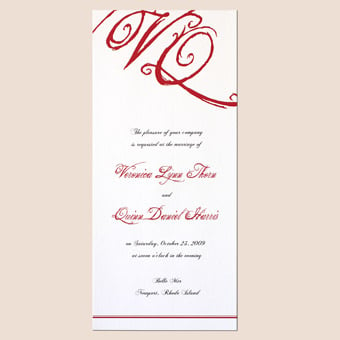

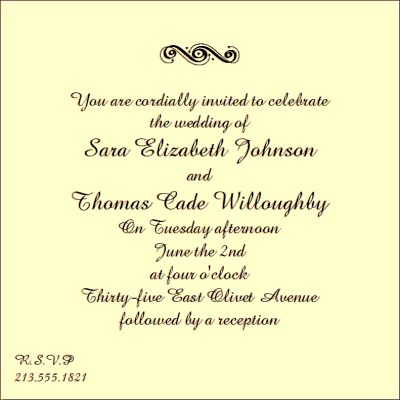
Invitation Wording
This is where things can get very complicated. How to word the invitation? What's proper for a formal wedding, what's allowable for something more relaxed? Here's a few guidelines that will hopefully make it simpler for you.
- Who's hosting the wedding? If your or parents or the groom's are footing the bulk of the bill, it's only considerate that the invitations be issued in their name, with the traditional "Mr. and Mrs. John Smith invite you to the wedding of their daughter Susie to Mr. Bob White", etc.
But if you and your fiancée are paying for it, it's up to you who's stated to be inviting the guests, as in "Susie Smith and Bob White invite you to their wedding", etc. - Formal titles don't have to be used, especially for an informal wedding. I.e., "John and Jane Smith invite you" versus "Mr. and Mrs. John Smith invite you."
- Because it is your wedding, your name and the grooms are often on their own lines, often in a more ornate font. If you still carry your parent's name, and they are listed as hosts then you don't have to repeat your last name if you don't wish.
- After the names, list the name of the location of the wedding. If it's in a church, requesting the honor of someone's presence is preferred over simply requesting the pleasure of their company in a more secular location. Address can be added, especially for smaller, more obscure locations.
- The time and date should be next. A.m. and p.m. markings are only necessary for weddings at 8, 9, or 10 o'clock to avoid confusion. It is entirely up to you whether you spell out numbers or use numerals in the date and time, with the first being more traditional and the second more efficient. The year is also not necessary unless you wish to keep the invitation for a keepsake.
- Information on the reception should be listed at the end of the invitation or on a separate card. If your reception is in the same place as the ceremony, it's only necessary to say "reception immediately following." If it is in a different location, include this information as well as the type of reception if it isn't a dinner.
Happy Planning!
A wedding should be a joy-filled, happy occasion for everyone, and especially you. So choose who you want to share it with you, and make it as enjoyable as you can.




